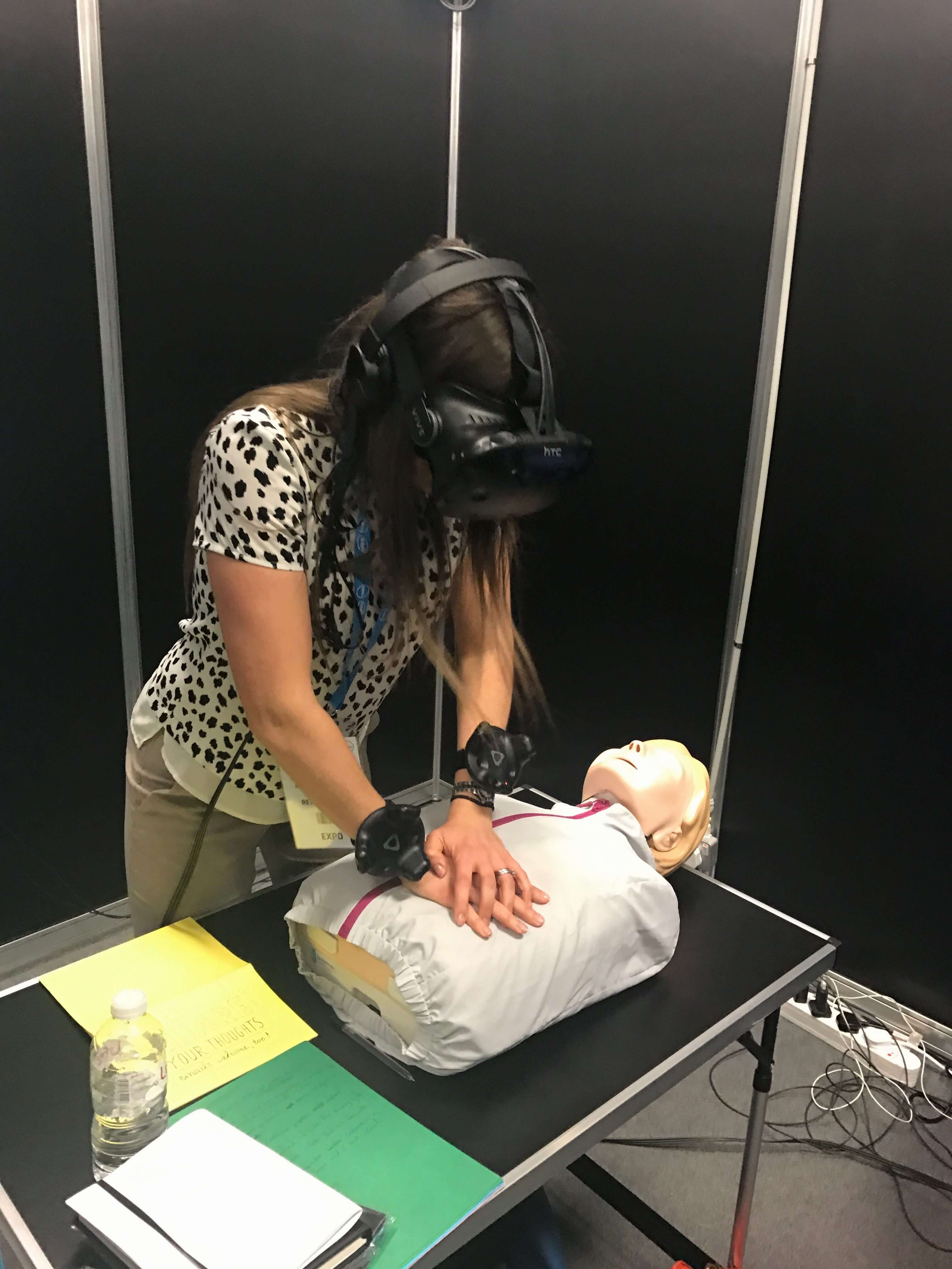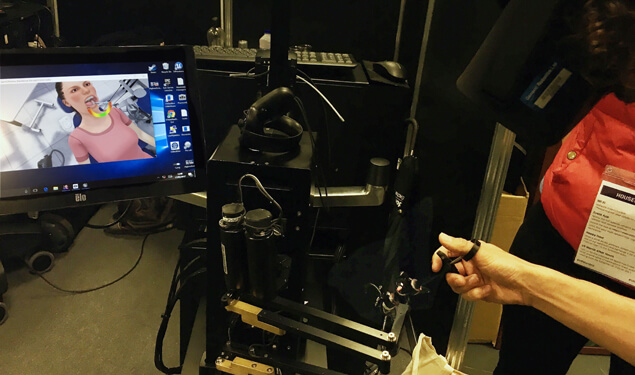Last week we attended VR World at London Olympia (a familiar location for those who visited us at RBTE earlier this month!) According to statistics shared in the keynote presentation, VR and AR technology is expected to make a $126 billion dollar contribution to the global economy by 2020, with a production value of €15-36 billion euros. As per the continuing technology revolution, which has seen tech replaced by photos < videos < VR, virtual reality is expected to be the near-future “go to” medium of information, entertainment and experience.
Since early developments in VR, the gaming and entertainment industries had effectively dominated the space. However, more recent innovations across market sectors have introduced us to VR application within education, manufacturing, travel, robotics, architecture, and even health. These were definitely as prominent as entertainment and gaming at the Expo.
Here’s a round-up of the key VR trends 2017 to look out for this year, identified from the Expo.
VR for Engagement
In a presentation by Facebook Oculus on the key drivers for VR adoption, we learned more about Facebook Spaces, available with Oculus Rift.
A personal avatar is created and launched into an interactive social session, experienced through your Oculus VR headset. The app allows users to share everyday or special moments with friends, in an immersive online experience. For example, in today’s world it’s impossible to always be physically near the people in your social circle. Facebook Spaces provides a virtual meetup platform, with the ability to introduce photos, videos and links to the session.
This could also be incorporated into a virtual shopping experience:
Will shopping centres of the future be #vr locations where friends meet in #socialmedia #sellingspaces & shop together online? #retail #tech
— Alan Morris (@Alan_R_Morris) May 18, 2017
Building on this “shared” experience, we also saw VR experiences in which users enter a pod, individually or in interactive groups, removing the need for the somewhat bulky headsets. One stand at VR World featured an immersive sensory reality pod, with immersive 360 3D video and sound, as well as scent and temperature differences to enhance the experience. We also saw VR experiences to allow users to engage with brands, or celebrities. A good example in the music industry was a VR experience whilst listening to your favourite tunes. You could see through the eyes of the music producer, or singer, going about their everyday life, or even get their perspective whilst playing on a stage. In this way, fans become more emotionally engaged with the artist. This could work similarly in fashion, where VR could allow a user to follow their favourite fashion designer as they go on buying trips, sample fabrics or create new designs.
Specific market application – Health and Education
We were impressed by the use of VR within the medical sector, such as interactive training from Dual Good Health on how to carry out effective CPR. Wearing a VR headset, a dummy became a real life patient on a bed. The experience recorded your rhythm and pressure through sensors, feeding back training information through the VR headset.

Schools can use VR to make education more immersive, interactive, and fun. VR examples were demonstrated in biology, using projections of the human skeleton, and chemistry, with the ability to move the correct element blocks into the periodic table. There was also a very realistic training simulation for dental injections, through VR combined with robotic technology. With realistic sensory feedback, users understood what it feels like to inject a human gum. Not for the faint hearted!

Applications in Retail
As always, it’s important to bring this back to the potential applications in retail, which inevitably combines the convenience of online shopping, with the ability to experience the look and feel of the garment physically. Through a retailer’s VR app, users could experience a shoppable catwalk or look-book, combined with the ability to reach out and select items to purchase. Brands have tried to achieve this through live social media streaming of look-book photoshoots and catwalks, combined with shop-from-the-app buy buttons. Not only does this improve the accessibility of the brand, but immerses the consumer within it. VR can help take this to the next level.
Potential barriers?
Simply, the biggest barrier to adoption is pound signs. The Oculus Rift headset is a pricey model at £500, but the Gear VR model is more affordable at £100. Adoption rate of course needs to increase before retailers can make the commercial case for a VR requirement for its look-book or ecommerce offering.
Another point to consider is the way in which putting on a VR headset can cut you off from the physical world, which means its use outside of the home is restricted. AR technology such as Microsoft Hololens helps to solve this problem, keeping you in the real world whilst overlaying your surroundings with augmented images. See our example from NRF, starting at 5:20. We can’t imagine someone carrying out their day to day activities, (commuting, walking around a shop) in a headset – not yet anyway.
We think you might like these posts too
© 2024 Retail Assist Limited. The Hub Floor 5A, 40 Friar Lane, Nottingham, NG1 6DQ.
Registered in England. Company number: 03790674
info@retail-assist.com | +44 (0)115 904 2777
Website Designed & Built by we are CODA